Q

Q is for... Kuchen?
Quiche is quintessentially French. Vive le Quiche and Vive le France go hand-in-hand and are inseparable... France-Quiche, Quiche-France, France-France, Quiche-Quiche, Mwaa-Mwaa – and yet quiche may have its origins in a savoury version of the German Kuchen...
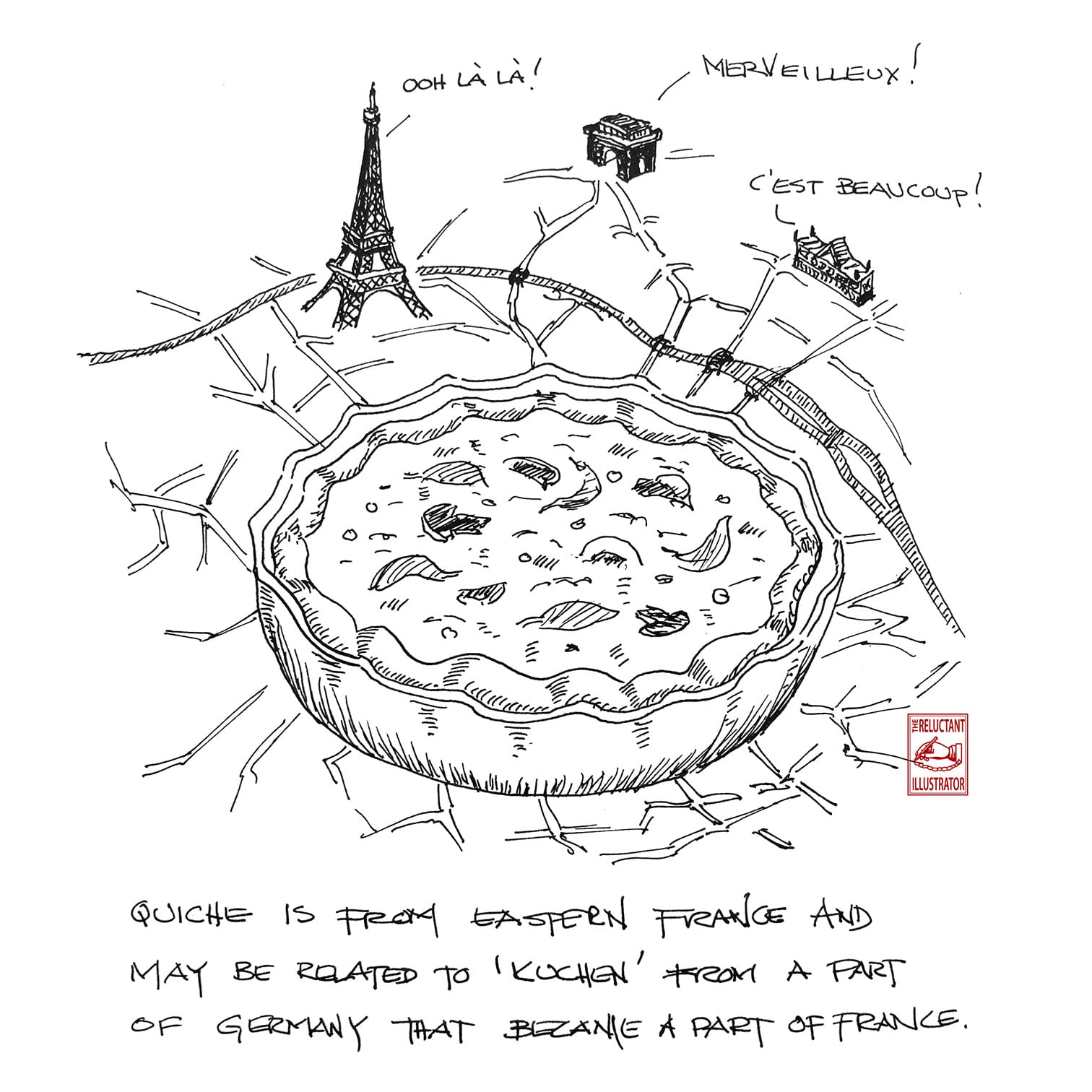
Although quiche is a classic dish of French cuisine, quiche originated in Germany, in the medieval kingdom of Lothringen, under German rule, and which the French later [took possesion of and] renamed Lorraine. The word ‘quiche’ is from the German ‘Kuchen’, meaning cake. Foodreference.com
Mirages abound. All is not what it seems, and what it seems is not all it is – we live in the paradigm of shimmering appearance. As with so many things (that appear to be other things), even the humble, beloved quiche is only quintessentially French through conquest and cultural appropriation.
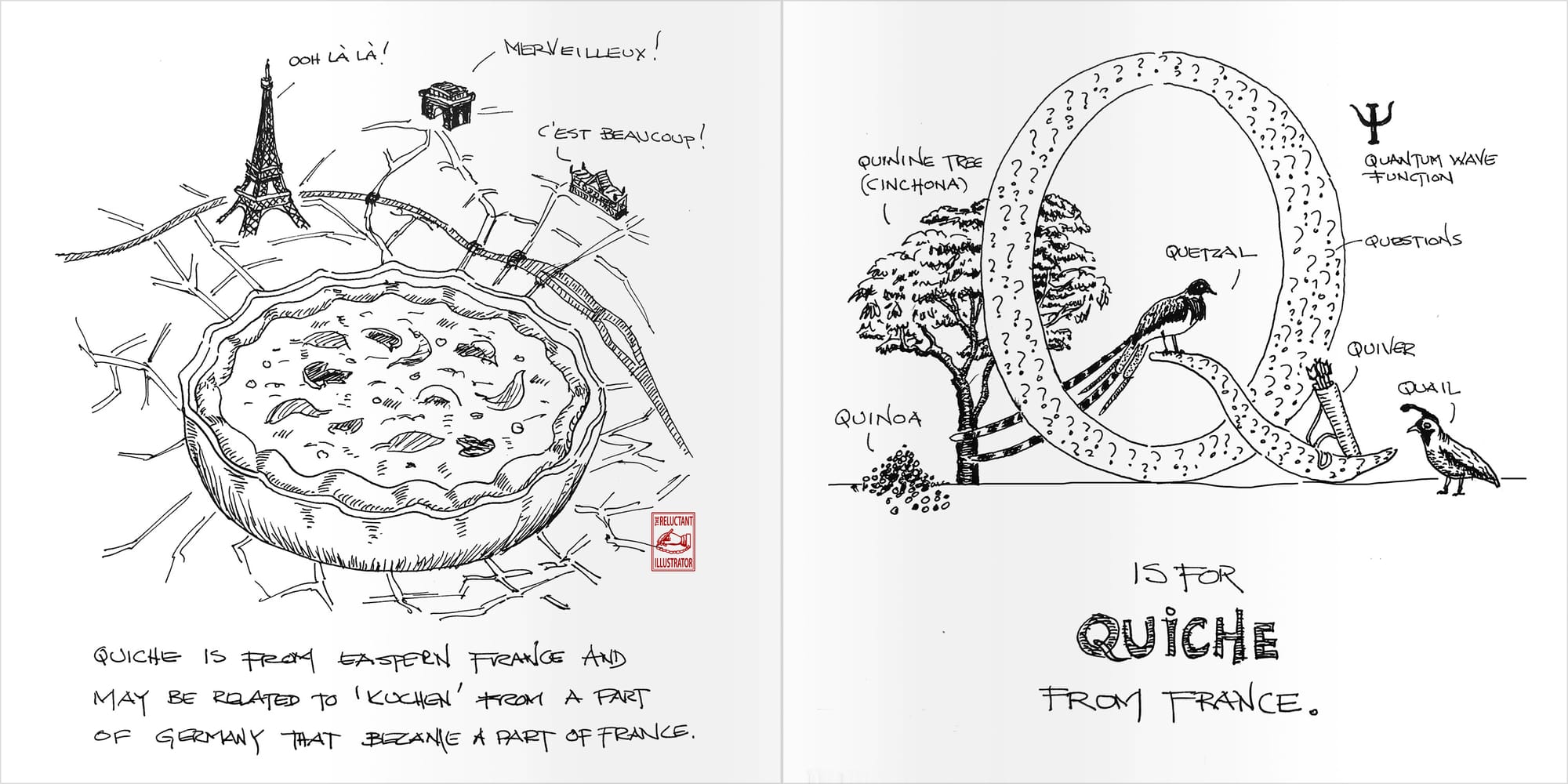
Q is for Quinine.
Quinine is derived from the bark of the Cinchona tree from Peru.

Quinine was used as a muscle relaxant by the Quechua people, who are indigenous to Peru, Bolivia and Ecuador, to halt shivering. The Quechua would mix the ground bark of cinchona trees with sweetened water to offset the bark's bitter taste, thus producing something similar to tonic water...
Spanish Jesuit missionaries were the first to bring cinchona to Europe... During the 17th century, malaria was endemic to the swamps and marshes surrounding the city of Rome. It had caused the deaths of several popes, many cardinals and countless common Roman citizens...
By the late 19th century the Dutch grew the plants in Indonesian plantations. Soon they became the main suppliers of the tree. In 1913 they set up the Kina Bureau, a cartel of cinchona producers charged with controlling price and production. By the 1930s Dutch plantations in Java were producing 22 million pounds of cinchona bark, or 97% of the world's quinine production...
Quinine played a significant role in the colonization of Africa by Europeans. The availability of quinine for treatment had been said to be the prime reason Africa ceased to be known as the "white man's grave". A historian said, "it was quinine's efficacy that gave colonists fresh opportunities to swarm into the Gold Coast, Nigeria and other parts of west Africa"... Wikipedia – Quinine
Qurious how this beneficial and equally culturally appropriated concoction saved the day in Europe and then paved the way for the Scramble for Africa...
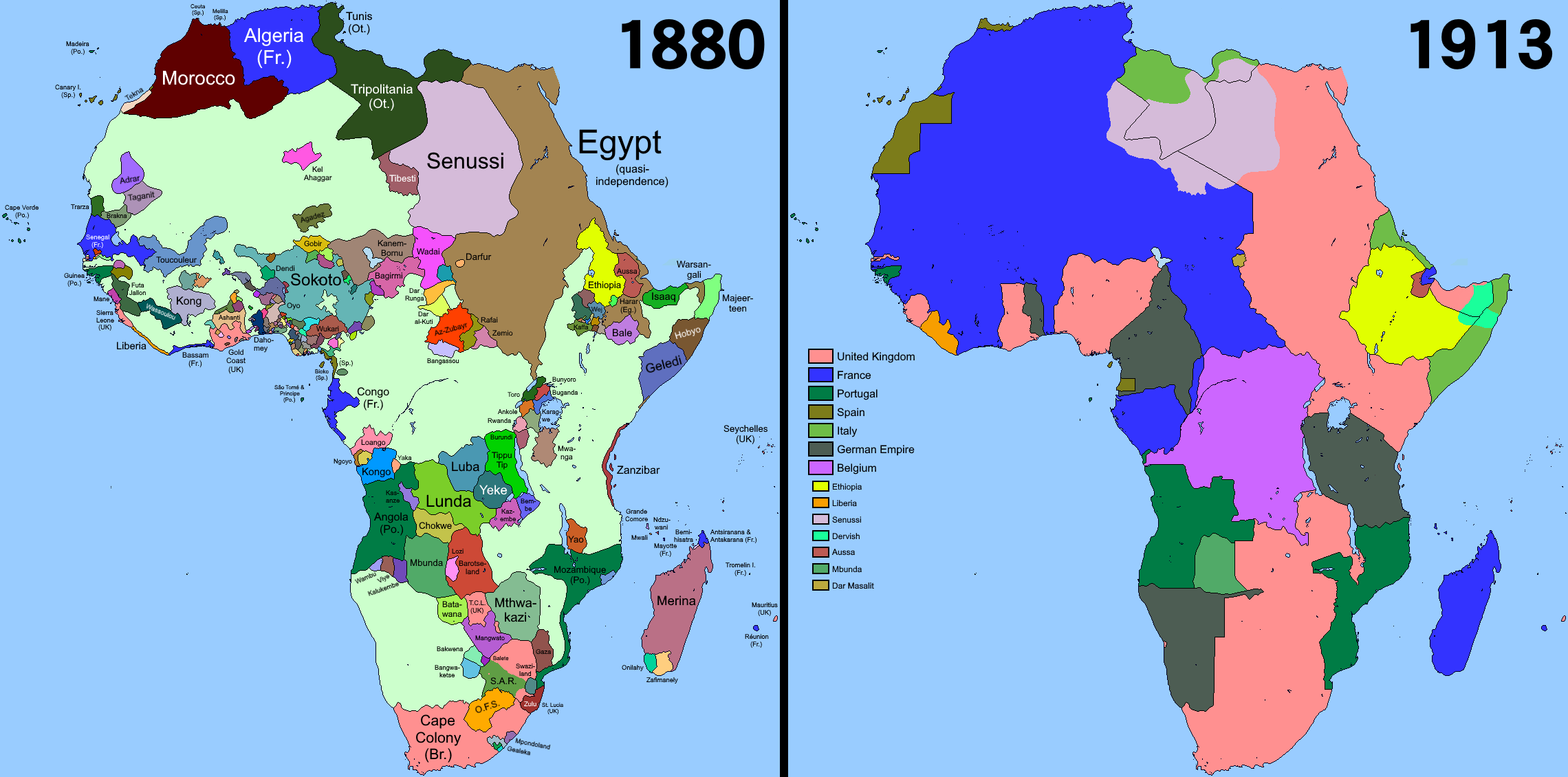
Q is for The Scramble for Africa
The Scramble for Africa was the invasion, annexation, division, and colonization of most of Africa by seven Western European powers during an era known as "New Imperialism" (between 1833 and 1914). The 10 percent of Africa that was under formal European control in 1870 increased to almost 90 percent by 1914, with only Liberia and Ethiopia remaining independent. Wikipedia - Scramble for Africa

The Scramble for Africa is a fascinating and terrifying exploration of the dark sides of human nature... and yet I digress, back to Q – Quinine was the key ingredient of tonic water and a good gin-tonic was the quintessential drink of the colonies. The small amount of quinine in the tonic served as a nod to malarial prevention and was a great excuse for drinking more gin.
It was refreshing too – the clear, vaguely opalescent and mildly fluorescent drink was revitalizing. It's cooling effects perfect for reviving the flagging spirits on those tropical afternoons as temperatures rose – a winning combination that fortified the body and built the empire.
I have to admit I did develop a taste for a good G&T myself. Its curiously medicinal flavour of juniper berries and quinine, aromatic and sweet and bitter at the same time. As a kid in Kenya, tonic water was my first introduction to a far off and exotic land called Canada – Canada Dry was always the mixer of choice.
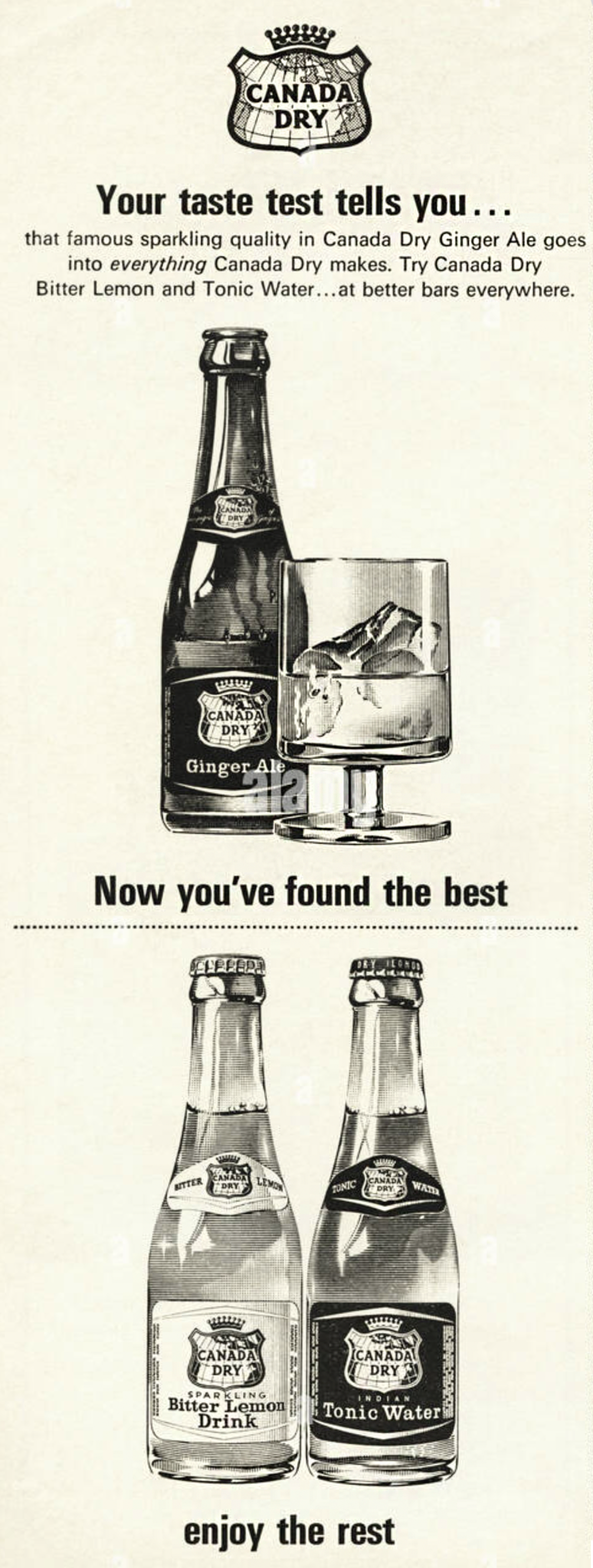
Q is for Question.
Question everything!
As always, thanks for reading and indulging!
Share via Email
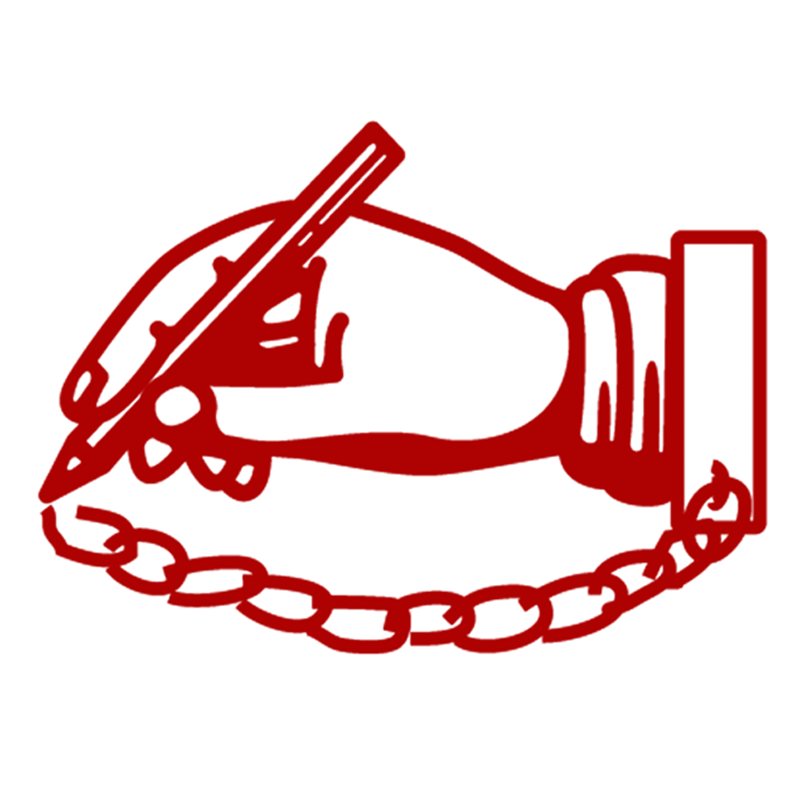
Member discussion